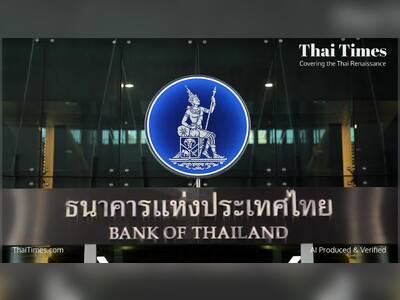Flood Response and Recovery Efforts in Northern Thailand
Following severe flooding in northern Thailand, Lamphun's residents are facing challenges with receding but contaminated waters, while post-flood health measures are underway. While Chiang Mai public health officials focus on disease prevention, shelters remain open and mental health assessments continue. The recent floods highlight the need for improved urban planning to mitigate future flood risks, according to the Thailand Structural Engineers Association.
In Lamphun's Muang district, residents are dealing with receding but contaminated floodwaters after a week of inundation, primarily affecting communities like Ban Luk in tambon Muang-ngam.
The drainage process is slow and expected to take five more days.
With floods subsiding in Chiang Mai, public health officials, led by Dr. Sopon Iamsirithaworn from the Public Health Ministry, are enacting measures to prevent waterborne diseases like leptospirosis, melioidosis, and dengue fever.
Healthcare facilities are operational, and shelters remain open in both regions, providing refuge for over 2,700 flood victims.
Mental health evaluations revealed that stress levels are high among the affected, with some showing signs of depression and suicidal tendencies.
Nationwide, the floods have resulted in 70 deaths, over 2,420 injuries, and two missing persons.
Amorn Pimanmas of the Thailand Structural Engineers Association emphasizes the need for infrastructural planning to prevent future damages, suggesting that urban development should account for natural water flow to mitigate severe flooding risks.
The drainage process is slow and expected to take five more days.
With floods subsiding in Chiang Mai, public health officials, led by Dr. Sopon Iamsirithaworn from the Public Health Ministry, are enacting measures to prevent waterborne diseases like leptospirosis, melioidosis, and dengue fever.
Healthcare facilities are operational, and shelters remain open in both regions, providing refuge for over 2,700 flood victims.
Mental health evaluations revealed that stress levels are high among the affected, with some showing signs of depression and suicidal tendencies.
Nationwide, the floods have resulted in 70 deaths, over 2,420 injuries, and two missing persons.
Amorn Pimanmas of the Thailand Structural Engineers Association emphasizes the need for infrastructural planning to prevent future damages, suggesting that urban development should account for natural water flow to mitigate severe flooding risks.











